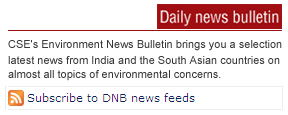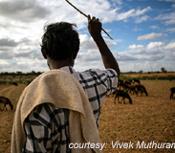State of the world's nursing 2025
Central to the achievement of the Agenda for Sustainable Development is an adequate, equitably distributed and fully supported health workforce. Nurses are the largest occupational group and represent an indispensable force with which to combat inequities in access to health services and progress towards health-related Sustainable Development Goals (SDGs), while advancing gender equality through the strengthening and empowerment of a highly feminized profession. The 2025 edition of the State of the world’s nursing provides the most comprehensive and up-to-date analysis of the nursing workforce. The report features new indicators on critical areas for nursing, such as education capacity, advanced practice nursing and remuneration. The report, which builds upon and updates the 2020 edition, provides a comprehensive description of the world’s nursing workforce in the context of a changed global environment, more complex health and disease profiles, greater demands on health systems and the urgency to orient to the focused global priorities in the remaining period of the Sustainable Development Agenda. The global stock of nurses is 29.8 million in 2023 and reflects growth from the previous report (27.9 million in 2018); however, the global distribution and density of nurses in 2023 is highly inequitable and it masks a shortage of 5.8 million nurses. Around 78% of the world’s nurses are found in countries representing only 49% of the world’s population; high-income countries (HICs), which represent only 17% of the population, host 46% of the world’s nursing population. The global density of nurses (37.1 nurses per 10 000 persons) is similarly skewed across WHO regions and income classification. Nurse density in the WHO European Region is five times higher than that in the African and Eastern Mediterranean regions; there is a tenfold difference between the density of nurses in HICs versus low-income countries (LICs). These statistics indicate that much of the world’s population has substantially less access to nurses for services such as maternal and childcare, chronic disease management, and response to public health threats and emergencies.








